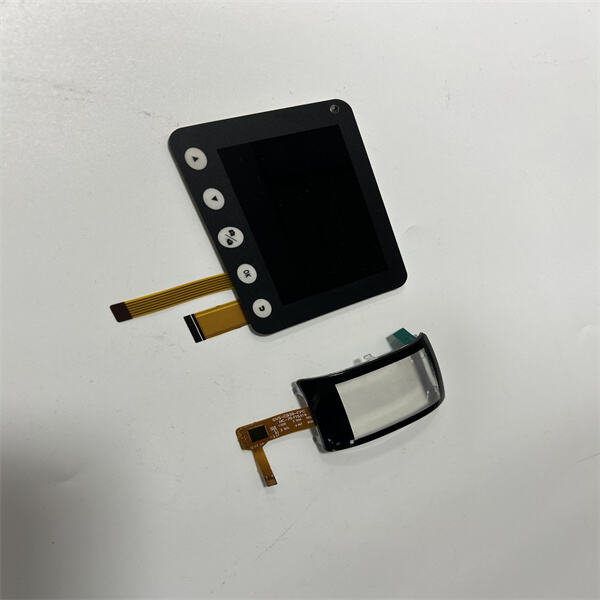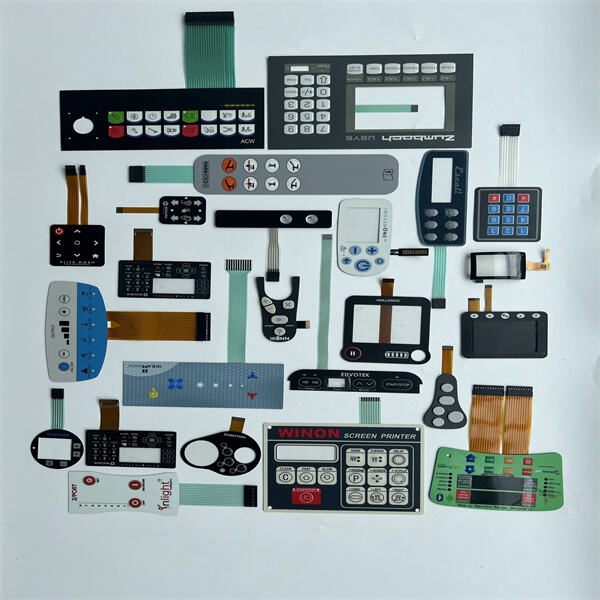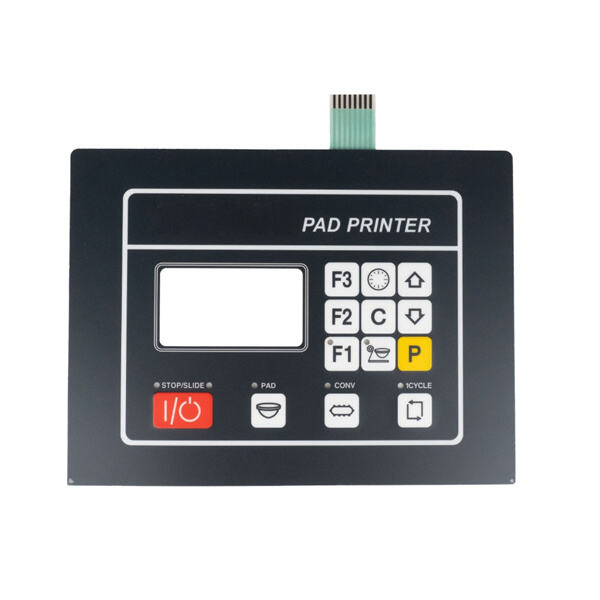We called this magic other thing an FSR -- a Force Sensitive Resistor. FSR, the primary use of an FSR is to sense that a physical pressure and force applied on it. In this text, we discuss what an FSR is and how it senses force, before ultimately explaining a different space or time where It can come in handy. We will also discuss a bit what are the things Soushine Flexible na sensor ng presyon compares to other Force Sensors as well, and we hope that it gives you an idea about how great is this little piece of tech and some guidance for choosing which FSR best fits your product/project.
An FSR is another type of force sensor, typically a pressure sensitive one. That is from a very thin layer of stuff with tiny specks part conductive. Those particles get closer to each other if you apply pressure on the FSR. This allows electricity to move through them more freely. The FSR changes its resistance: when you press on it more with some force, and we need to be able to tell these differences in terms of how much force are applying.
The FSR is a nice way to measure the force used in pretty much any squeezing application. Use an FSR to detect the amount of force is pushed when pressing a piano key with your finger while playing music on the other hand. As you press the key, its resistance changes and FSR can know this change that could be read and saved. This Soushine Smart seat sensor capability provided by FSR will be quite helpful in numerous other fields such as music and engineering.

Force sensitive Resistors can be utilized in many ultra-modern ways, a significant component of every corner and part of our daily lives. An application example of this is in medical devices (blood pressure measurements) using 3D printed plastics. These sensors allow doctors and nurses to monitor how sick a patient is. They can even be seen in robotics, where FSRs are usually used to give a robotic the idea of how much force it applies when picking up or holding an object. By the same token, FSRs can be applied to sporting goods by athletes who wish to measure how much force they used in training or while playing a game/competition. This can be helpful in potentially supplement performance and help prevent injury.

Force Sensors: Falling Back to Dyadic Sensing → Archived ← About → FSRs (Other type of sensors may also be employed for force detection, but basically follow similar architecture) Load cell Other types of sensors are the Load cell, Strain gauge and piezoelectric sensor Each one has their own advantages and disadvantages. Having said that, Soushine Sensor ng upuan ng kotse come with their advantages as well because of which they are frequently used. This also opens them up to a quite some projects because FSRs are often more cost-effective than other available sensors. Additionally, FSRs generally appear in relatively smaller sizes so that it can be stuffed to any number of gizmos or could occupy lots of space.

So if you are willing to use this FSR in one of your projects then a few things that you must make note of - The answer is the force you want to measure first of all. For some FSRs the measurement may be tuned to larger forces, for others smaller. That means you are to think twice of your project-specific Specs. Don't forget to concern about the FSR size. You might choose the lower profile FSR if your intended sensor area is a smaller size, and you overhear me telling someone to just make their touch sensing tile even bigger.


Copyright © Dongguan Soushine Industry Co.,Ltd. Lahat ng Karapatan ay Nakalaan - Pribadong Patakaran